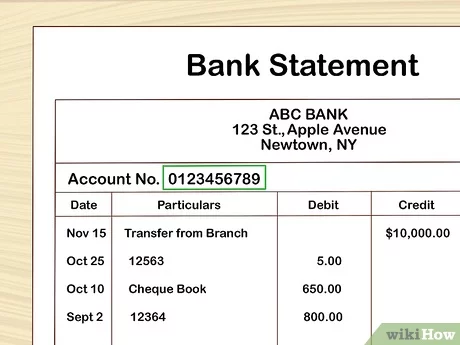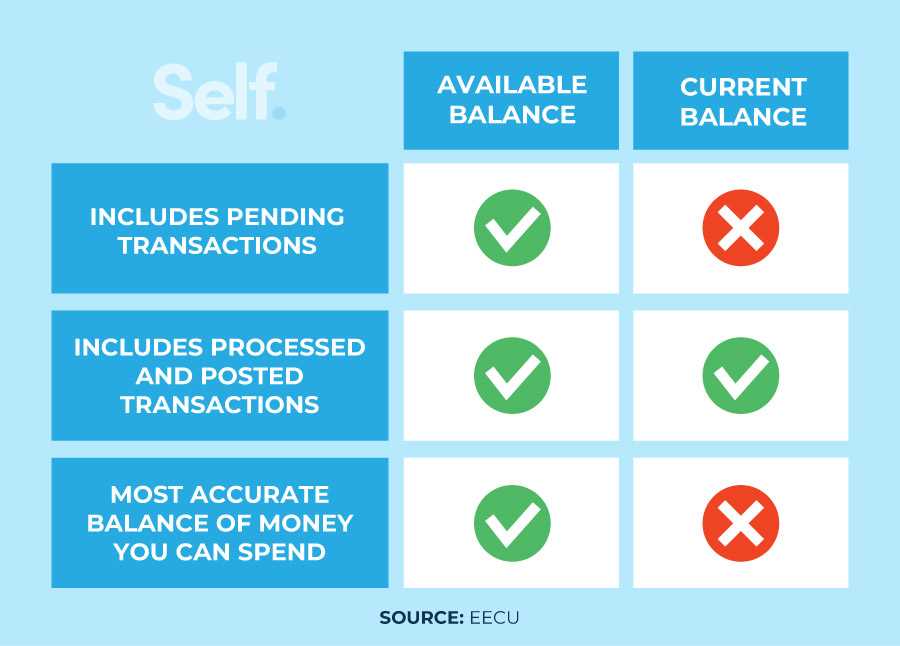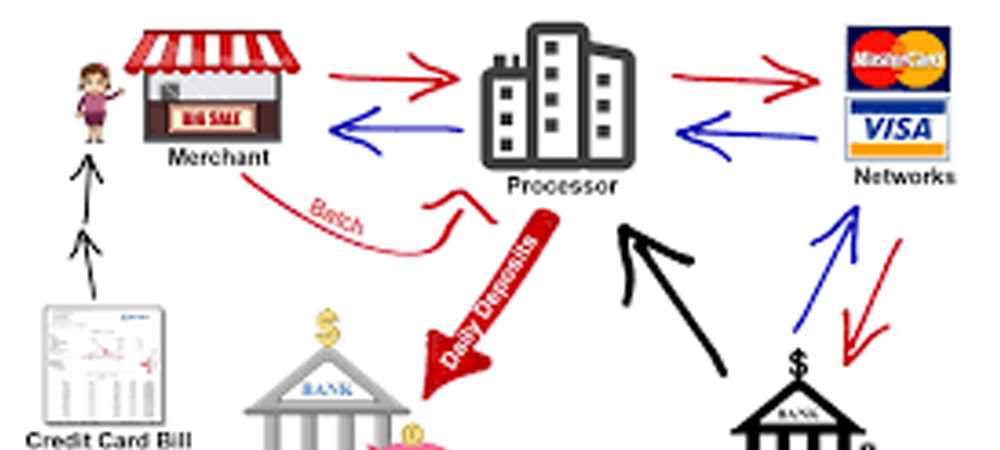Waiver Of Demand: Understanding, Process, And Example
What is Waiver of Demand? Waiver of demand is a legal concept that refers to the voluntary relinquishment of the right to demand payment or performance of an obligation. It is a contractual agreement between two parties, where one party agrees to waive their right to demand payment or performance … …


















